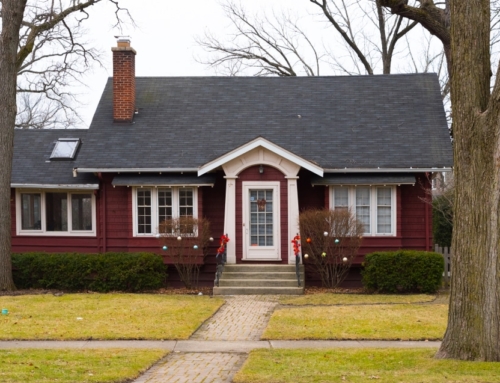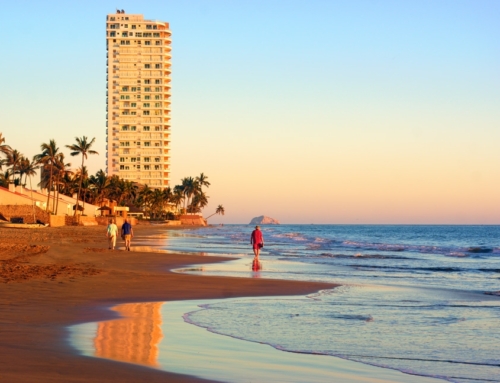You never know when some type of natural disaster will befall you—one can strike at any time. If you want to get through an emergency as smoothly as possible, you need to be ready now.
Following basic principles of emergency preparedness can ensure your family is ready for whatever happens—or at least is a little less flustered if faced with a serious event or problem.
Know what you need in an emergency
In an emergency, you want the items you require close at hand. Plan to have needed medication nearby, as well as other basic items, including:
- Food
- Water
- Source of light
- Blankets/source of heat
- Source of information (such as a crank radio that doesn’t require batteries)
- Way to signal for help
- First aid supplies
- Water purification tablets
In many cases, you can put together a 72-hour kit that includes these necessary items. Try to keep your 72-hour kit in a place where you can easily access it, whether you are trapped in your home or you need to grab it quickly on the way out of the house.
Also, consider what your needs might be if you do not have access to stores or other conveniences for an extended period of time. Start now to store non-perishable food items. You can also store water, just in case running water becomes scarce during an emergency.
Don’t forget, too, that keeping your car ready with gas is important. What if you have to go somewhere and are stuck in long lines? Keep your tank at least half-full at all times and you’ll be ready to leave at a moment’s notice.
Rotate supplies
Once you have your emergency preparedness supplies together, make sure you rotate them regularly so that they will be ready for you when you need them. Food spoils and batteries die. Check expiration dates, make sure that you use any supplies you can before they expire, and then replace them with newer versions.
For crank items, such as flashlights, lanterns, and radios, pull them out every three months and crank them to keep them in best working order.
If you have children, rotate the clothing in their 72-hour kits, and consider what other items need to be changed out regularly. Don’t forget to rotate other supplies as well.
Build a little at a time
Before you rush out and fill your pantry or buy expensive equipment, realize that you don’t have to get everything all at once. Buying all your emergency supplies at the same time can wipe out your budget. I’ve known people to rack up large debts in the name of emergency preparedness.
Instead, take stock of what you need. Then, start with the most important things on your list. Break it down so that you buy something different each week, or save up a little each week to buy the more expensive items. If you plan it all out, you’ll be able to build in a way that is manageable and financially responsible.
Miranda Marquit is a freelance journalist specializing in financial topics. Read more of her writing on Huffington Post, Wise Bread, AllBusiness, and at her website, Planting Money Seeds. Follow her on Twitter: @MMarquit





